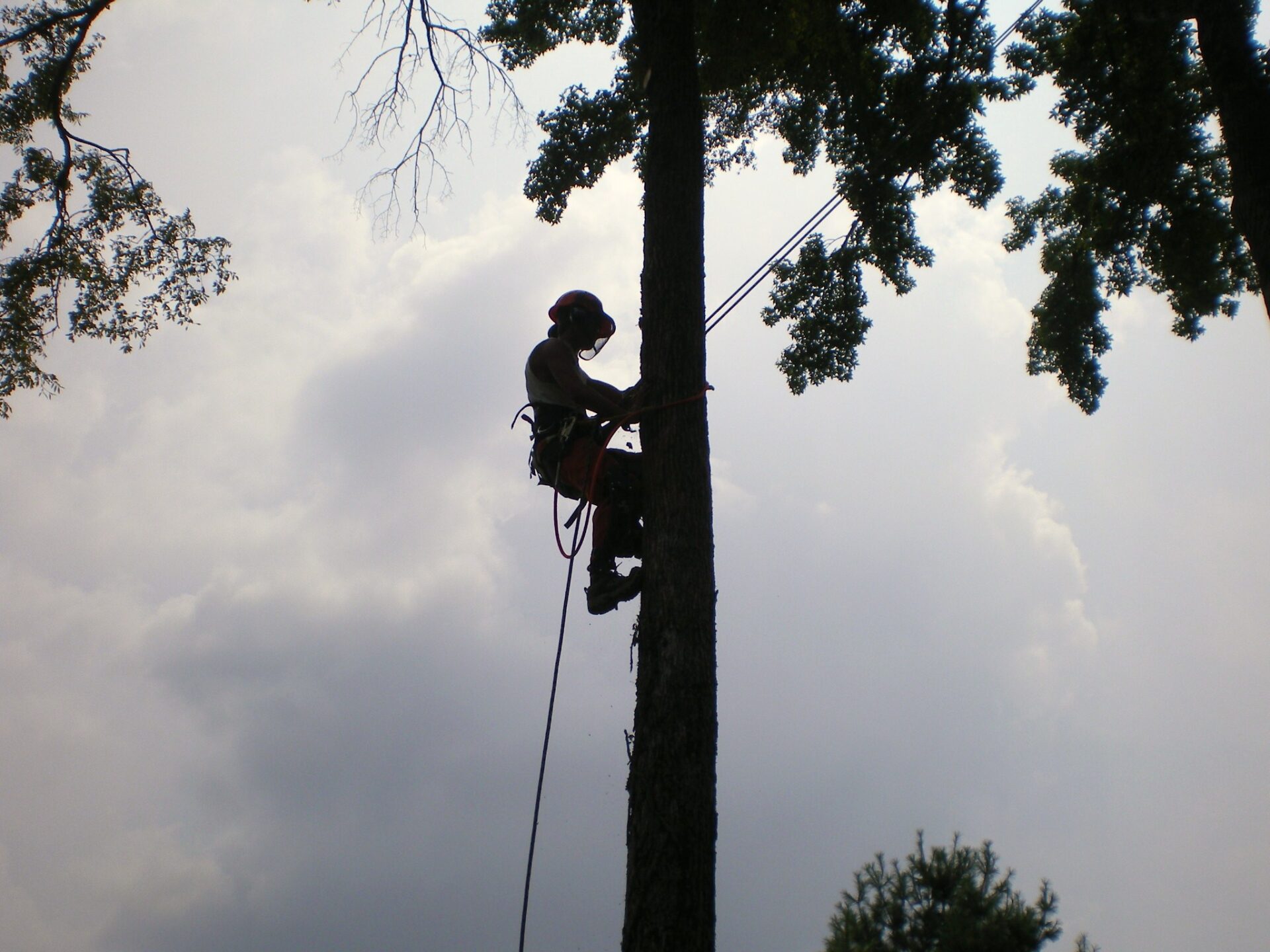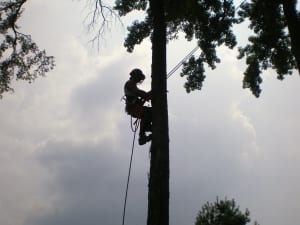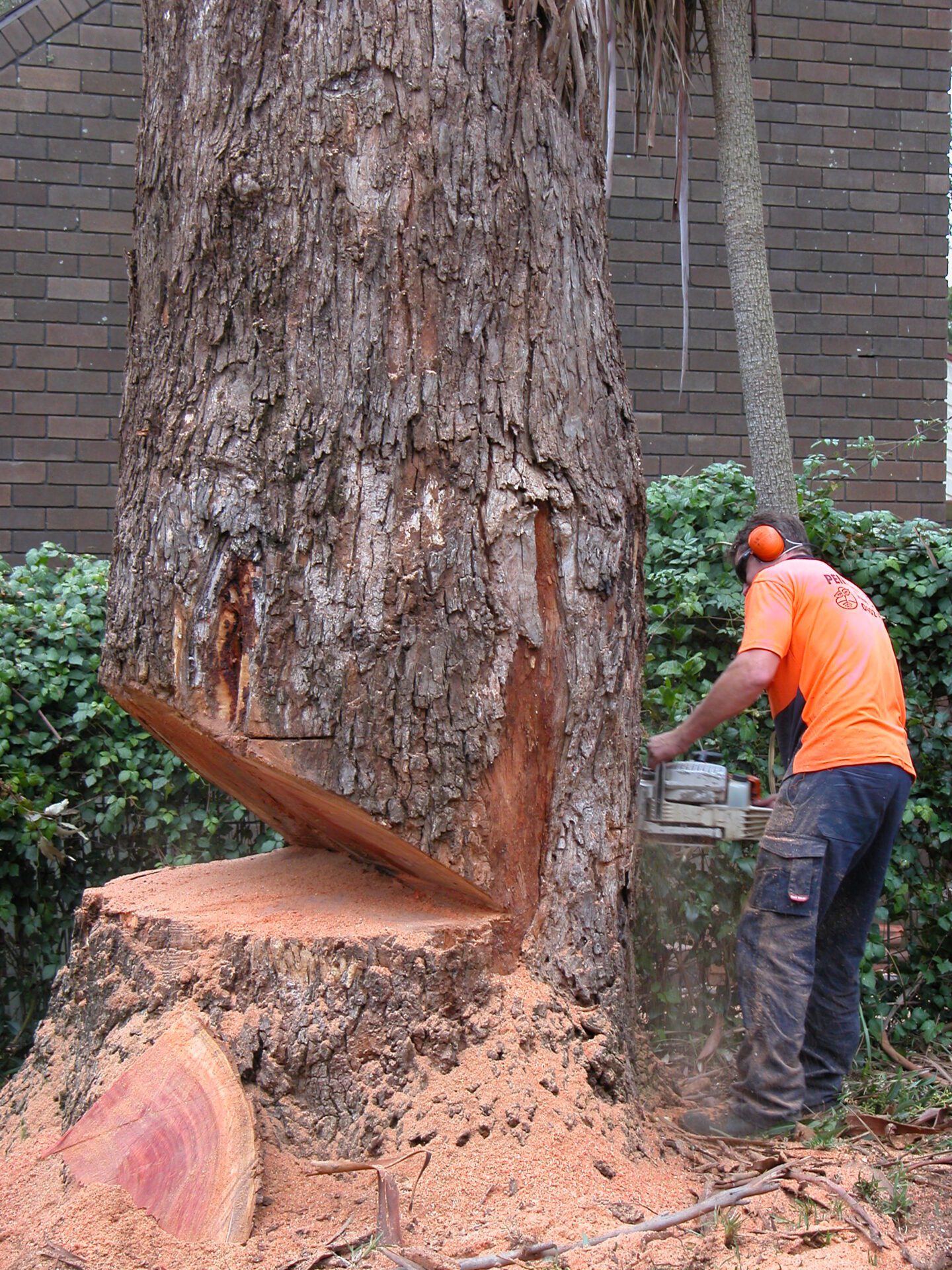Guidelines to Hire a Arborist
There are many pests, bugs, disease, and abiotic problems that can threaten your urban landscape. When dealing with these pesky problems that threaten your yard, one might want to contact an arborist. Professional arborists are trained to provide proper care and help maintain healthy trees and provide management when necessary.
An Arborist is an individual who is an expert in the art and science of planting, caring and maintaining individual trees. Arborists are trained and have the knowledge about the needs of trees to provide them with proper care.
Proper tree care is an expense that can lead to substantial returns. Well-cared-for trees are beautiful and can add significant value to your property. Inadequately maintained trees can be a significant liability. Pruning or removing trees, especially large trees, can be dangerous work. Tree removal should only be performed by those who are trained and equipped to work safely in trees.
Arborists’ expertise may include, transplanting, fertilizing, planting, pruning, tree removal, and pest management, especially proper diagnosis of problems and pesticide application.
Services provided by an Arborist
An arborist is aware of the type of pruning necessary to maintain or improve the health, appearance, and protection of trees. Pruning techniques include removing limbs that:
- Interfere with utilities or structures
- Block roads or sidewalks
- Are dead, exposed, weak or decayed and pose unacceptable risk
- Are diseased or insect-infested
- Have been destroyed by storms
- Will increase light penetration and reduce wind resistance
within the canopy upon removal (thinning)
Guidelines for Selecting a Professional Arborist.
- Ask for documents of insurance, including the proof of liability of personal and property damage and worker’s compensation. A reputable firm will provide personal and property damage insurance along with worker’s compensation insurance. Under some conditions, you can be held financially liable if an uninsured worker is hurt on your property or if the worker damages a neighbor’s property.
- Ask for references and visit the company to be sure this company is right for you. Take a look at some of their work, and if possible, talk with previous clients. Education, experience and a good reputation are signs of a good arborist.
- Check for required permits and licenses.
- Don’t always go for low rates. Examine the credentials and written specifications to determine the best combination of price, skills, work quality, etc.
- Don’t rush to a conclusion just because you are guaranteed a discount if you sign an agreement now. Be sure you know what work is to be done for what amount of money.
- Good work is not always inexpensive. A good professional arborist must carry various kinds of insurance as well as pay for specialized equipment. You are also paying for their experience and understanding of how to care for trees and their ability to provide long-term value to your landscape. Be cautious of estimates that fall well below the normal price.
A professionally qualified arborist can determine if a tree can be saved. Even if the tree must be removed, safety and training are still needed to prevent additional damage from the removal. So hire a professional today and make sure they fulfill all the above guidelines.







